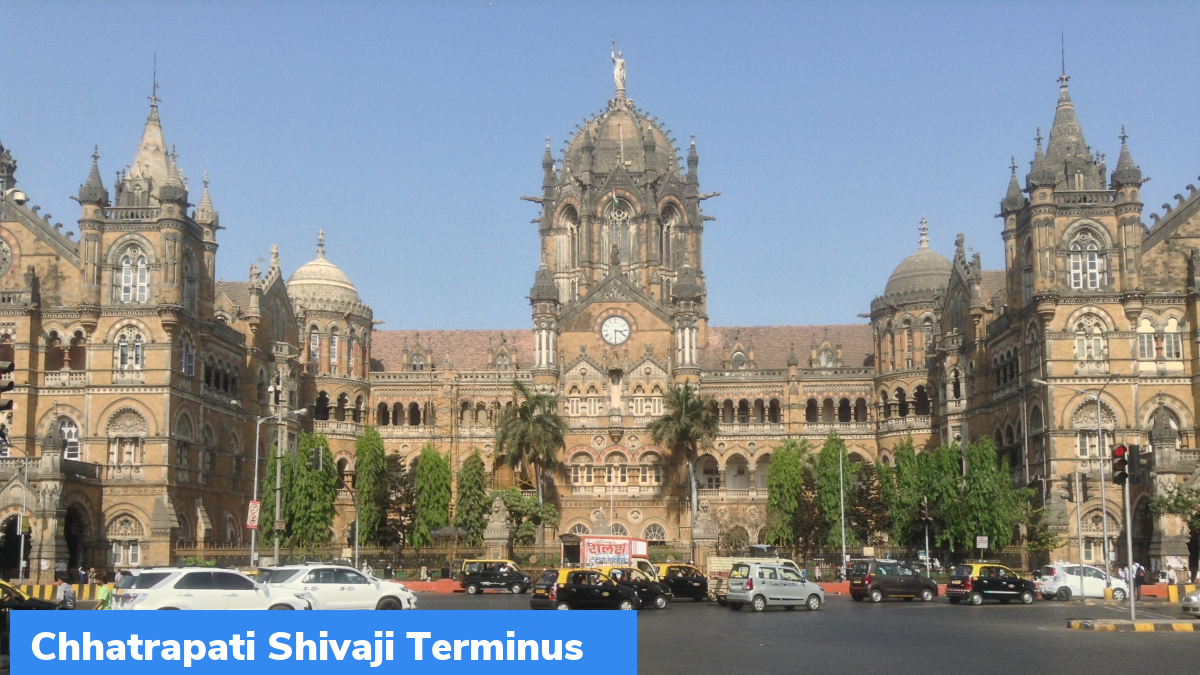Redevelopment of 3 major railway stations
The Centre has approved the proposal to redevelop three major railway stations across India.
Key facts
- The Union Cabinet, chaired by Prime Minister Modi, has given a go-ahead for a proposal concerning the redevelopment of three major railway stations – New Delhi, Ahmedabad and Chhatrapati Shivaji Terminus (CSMT) Mumbai.
- The overall investment of this redevelopment project is nearly Rs.10,000 crore.
- Under this, these stations will be equipped with modern infrastructure and have improved facilities.
- The main purpose of the redevelopment is to cater to the increasing footfalls in these stations.
- The stations will be redeveloped using green building techniques, with solar energy, water conservation and recycling and improved tree cover.
- They will be integrated with other modes of transportations like metro and bus and equipped with passenger amenities like recreational facilities, retail and cafeteria.
- The Ahmedabad redevelopment redesign will be based on the Modhera Sun Temple in Gujarat.
- The CSMT’s heritage building will remain untouched while the nearby buildings will be redeveloped.
- It is expected to take about 2 to 3.5 years for this redevelopment project to complete.
- Currently, redevelopment of 199 railway stations across India are already underway.
- The first phase of the project is covering stations having footfalls of 50 lakhs and above each year.
- The overall cost of the redevelopment of these 199 stations as well as the New Delhi, CSMT and Ahmedabad railway stations is Rs.60,000 crore.
- Special focus will be given towards the development of Divang-friendly facilities.
- Passenger mobility within the station will be eased through the segregation of arrival/departures, clutter-free platforms, improved surfaces and fully covered platforms.
About CSMT railway station
Chhatrapati Shivaji Maharaj Terminus (CSMT) is a UNESCO World Heritage site in Mumbai. It was built over 10 years from 1878 in High Victorian Gothic design based on late medieval Italian models. It is an example of Victorian Gothic Architectural Revival in India. The building was designed by F W Stevens.
Month: Current affairs - September, 2022
Category: India Nation & States Current Affairs


